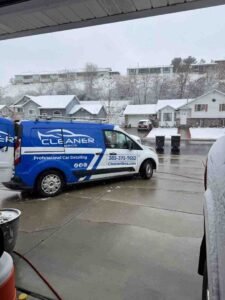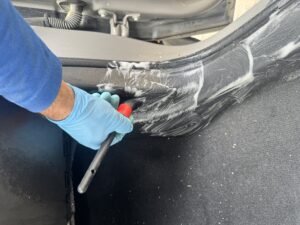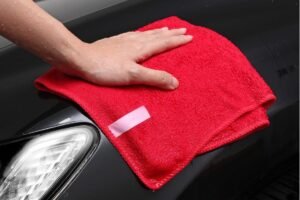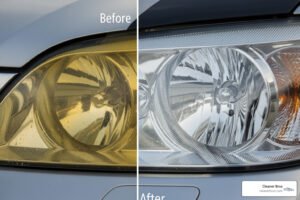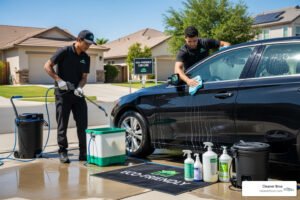Why Your Home Deserves Better Than Chemical Fresheners
An all natural odor eliminator uses ingredients like baking soda, vinegar, activated charcoal, or essential oils to neutralize and absorb unwanted smells without harmful chemicals. Unlike conventional air fresheners that mask odors with synthetic fragrances, natural eliminators work by chemically neutralizing odor molecules or physically trapping them, addressing the problem at its source.
Top Natural Odor Eliminators:
- Baking Soda – Absorbs and neutralizes odors in carpets, refrigerators, and closets
- White Vinegar – Kills bacteria and neutralizes alkaline smells in kitchens and bathrooms
- Activated Charcoal – Traps odor molecules in shoes, cars, and basements
- Essential Oils – Provide natural fragrance through sprays, diffusers, or simmer pots
Here’s something most people don’t know: 75% of US households use air fresheners, but research from the Natural Resources Defense Council found that 86% of plug-in air fresheners contain phthalates—chemicals linked to hormone disruption and respiratory problems. The average American spends 90% of their time indoors, where air can be 2-5 times more polluted than outdoor air.
The good news? You don’t need those chemical-laden products to enjoy a fresh-smelling home.
Natural odor eliminators work differently than the sprays and plug-ins you see in stores. Instead of covering up bad smells with synthetic perfumes, they actually eliminate odors by neutralizing the molecules that cause them. This means cleaner air, fewer health risks, and a home that smells genuinely fresh—not artificially scented.
Whether you’re dealing with pet odors, musty basements, or lingering cooking smells, natural solutions offer effective alternatives that are safer for your family, your pets, and the environment.
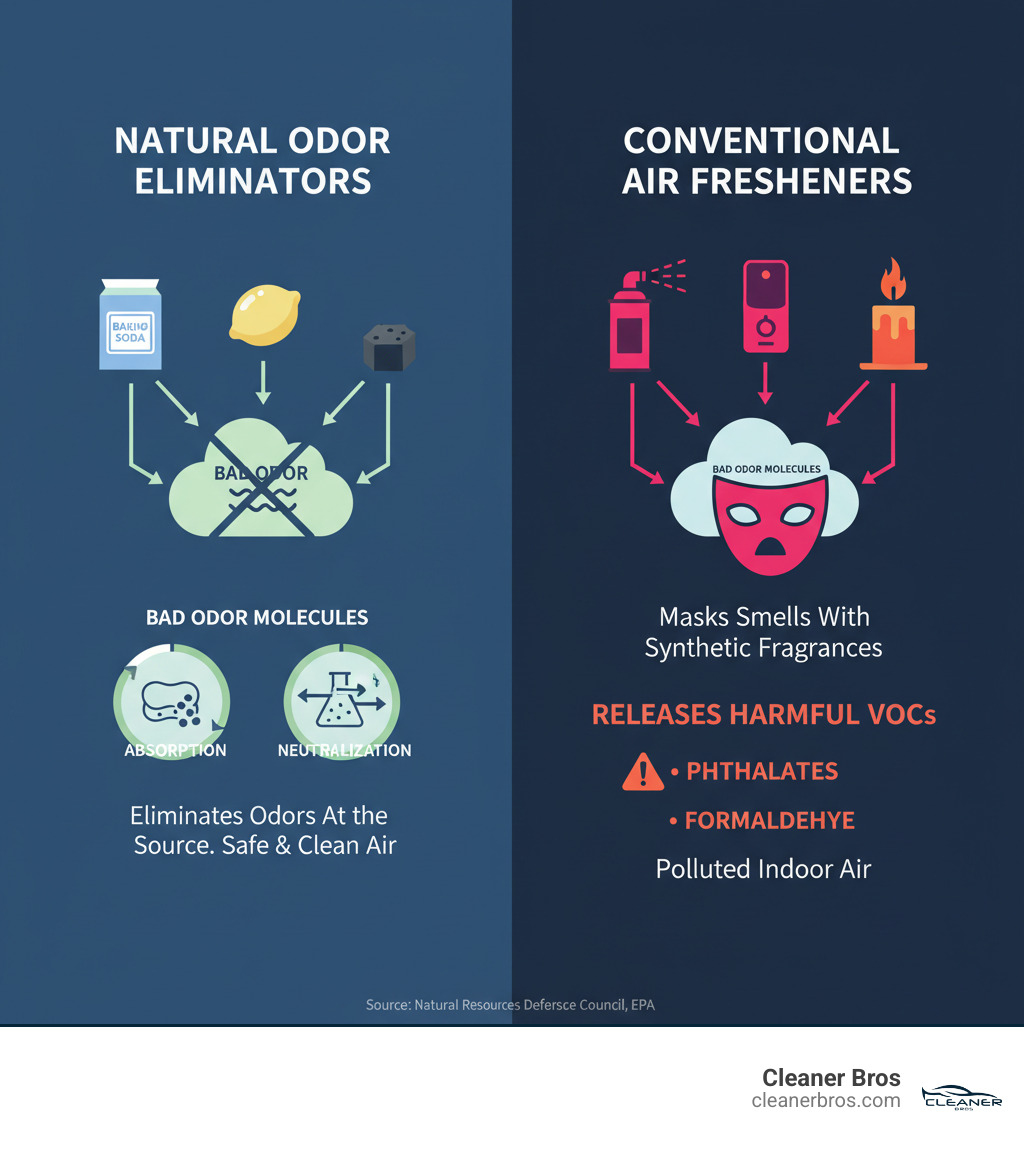
The Hidden Dangers Lurking in Your Air Freshener
We’ve all reached for an air freshener to make our home feel clean. But the pleasant scents from these products might be doing more harm than good, as they often mask odors rather than eliminating them. Worse, you’re adding potential health hazards into your home.
According to the EPA, conventional air fresheners are a major source of indoor air pollution. So what exactly are you breathing in?
- Volatile Organic Compounds (VOCs): These chemicals can react with other substances in the air to create even more dangerous compounds.
- Phthalates: The Natural Resources Defense Council tested air fresheners and found these hormone-disrupting chemicals in 86% of plug-in fresheners. They are linked to reproductive problems and allergic reactions, and manufacturers don’t even have to list them on the label.
- Formaldehyde: This known carcinogen is released by some plug-in air fresheners. The EPA documents the serious health risks, including respiratory problems and cancer. It’s the same chemical used to preserve lab specimens.
The fundamental problem is that chemical air fresheners don’t solve the issue. The pet accident or mildew is still there, but now it’s buried under a layer of chemicals.
That’s why an all natural odor eliminator works so much better. Ingredients like baking soda, vinegar, and activated charcoal neutralize or absorb odor-causing molecules, solving the problem at its source. You’re left with genuinely clean air, not chemically perfumed air. Your home deserves better than a toxic cocktail disguised as “fresh linen.”
Your Guide to the Best All Natural Odor Eliminator Ingredients
Ready for some good news? The most effective all natural odor eliminator solutions are probably sitting in your kitchen right now. You don’t need fancy products—just a few simple household items that are cost-effective, non-toxic, and genuinely work.
These natural ingredients don’t just cover up bad smells. They neutralize odor molecules at their source, giving you a truly fresh home.
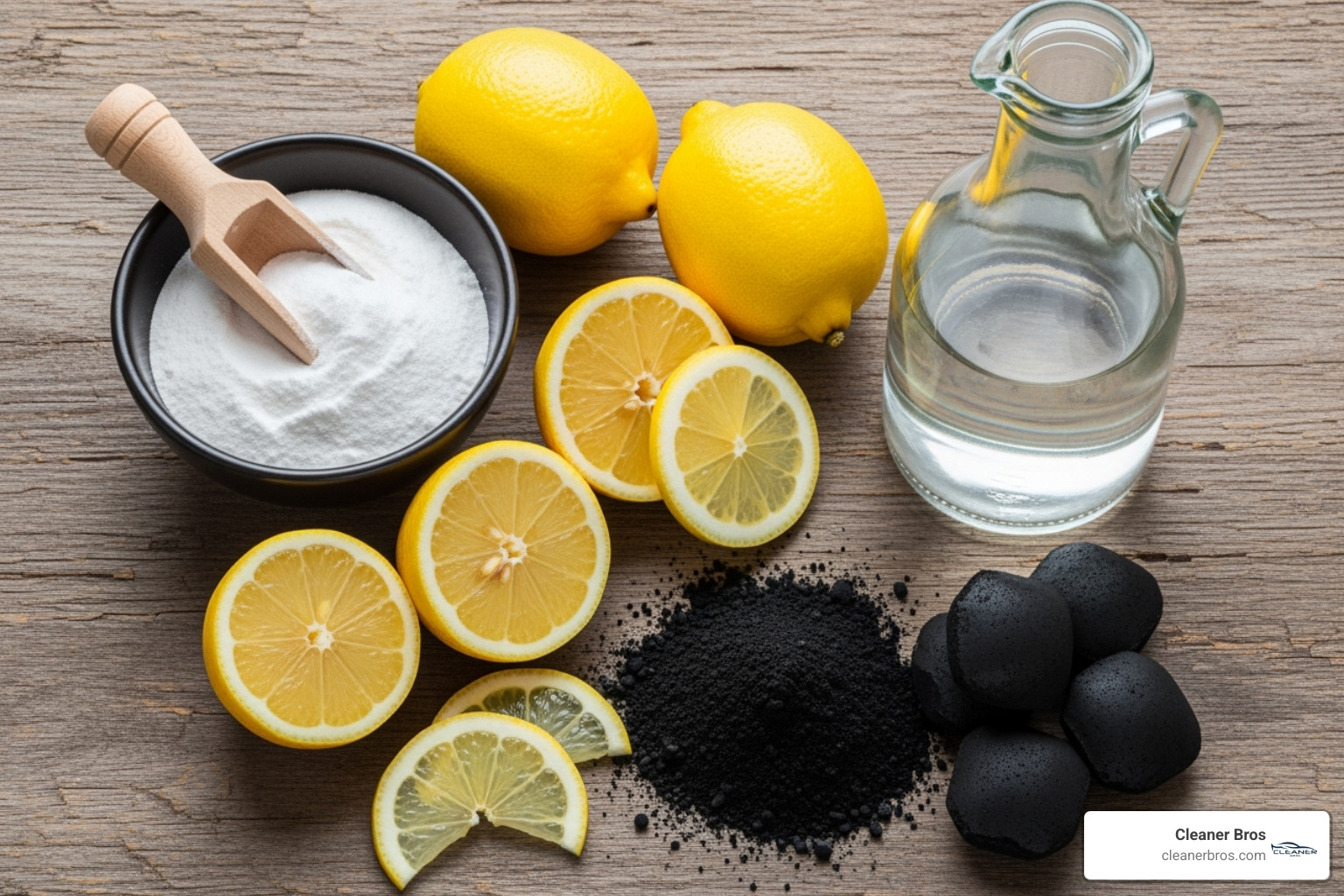
Baking Soda: A Simple but Powerful all natural odor eliminator
Baking soda (sodium bicarbonate) is a true workhorse. It doesn’t just mask smells—it absorbs and neutralizes odor molecules on contact. It’s amphoteric, meaning it can react with both acidic and alkaline odors, eliminating the smell at its source.
- Carpets and Upholstery: Sprinkle baking soda generously, let it sit for at least 30 minutes (or overnight for stubborn odors), then vacuum thoroughly. This also works on mattresses.
- Refrigerator and Closets: An open box of baking soda absorbs food and musty odors. Replace it every three months.
- Shoes: Sprinkle a tablespoon inside overnight, then tap it out in the morning.
- Laundry: Add half a cup with your detergent to neutralize stubborn odors in workout clothes or towels.
For more eco-friendly cleaning tips, check out our guide on eco-friendly car cleaning.
White Vinegar: The Acidic Odor Neutralizer
White vinegar is one of the most powerful all natural odor eliminator options available. The acetic acid in vinegar kills odor-causing bacteria and mold while neutralizing alkaline odor molecules. While it has a strong scent initially, it disappears as it dries, taking the bad odors with it.
- Kitchen Odors: Boil a cup of white vinegar with a cup of water for about 30 minutes to neutralize airborne smells from cooking. You can also wipe down counters with a 1:1 vinegar-water solution.
- Laundry: Add a cup to the rinse cycle to remove musty smells from towels.
- Bathroom: Use a 1:1 vinegar-water spray to clean and deodorize surfaces. For smelly drains, pour a cup of vinegar down, let it sit for 30 minutes, then flush with hot water.
Activated Charcoal: The Ultimate all natural odor eliminator for Trapped Smells
Activated charcoal is incredibly powerful and fragrance-free. It has been processed to create millions of tiny pores that trap odor molecules, chemicals, and pollutants through a process called “adsorption.”
Drop pouches of activated charcoal in shoes, gym bags, cars, basements, and closets to tackle mustiness and persistent odors. Many products can be “recharged” by placing them in direct sunlight for a few hours every few months. The sun’s UV rays release the trapped odor molecules, making the charcoal effective for up to two years.
Essential Oils & Simmer Pots
For a pleasant, natural fragrance, turn to essential oils and simmer pots.
- DIY Sprays: Mix one cup of distilled water with 10-15 drops of your favorite essential oils (like lemon or lavender) in a spray bottle. Shake well and mist as needed.
- Diffusers: These provide continuous, subtle fragrance by dispersing essential oil molecules into the air.
- Simmer Pots: For an inviting atmosphere, gently simmer a pot of water with aromatic ingredients like lemon slices, cinnamon sticks, and cloves. The steam carries these natural fragrances throughout your home.
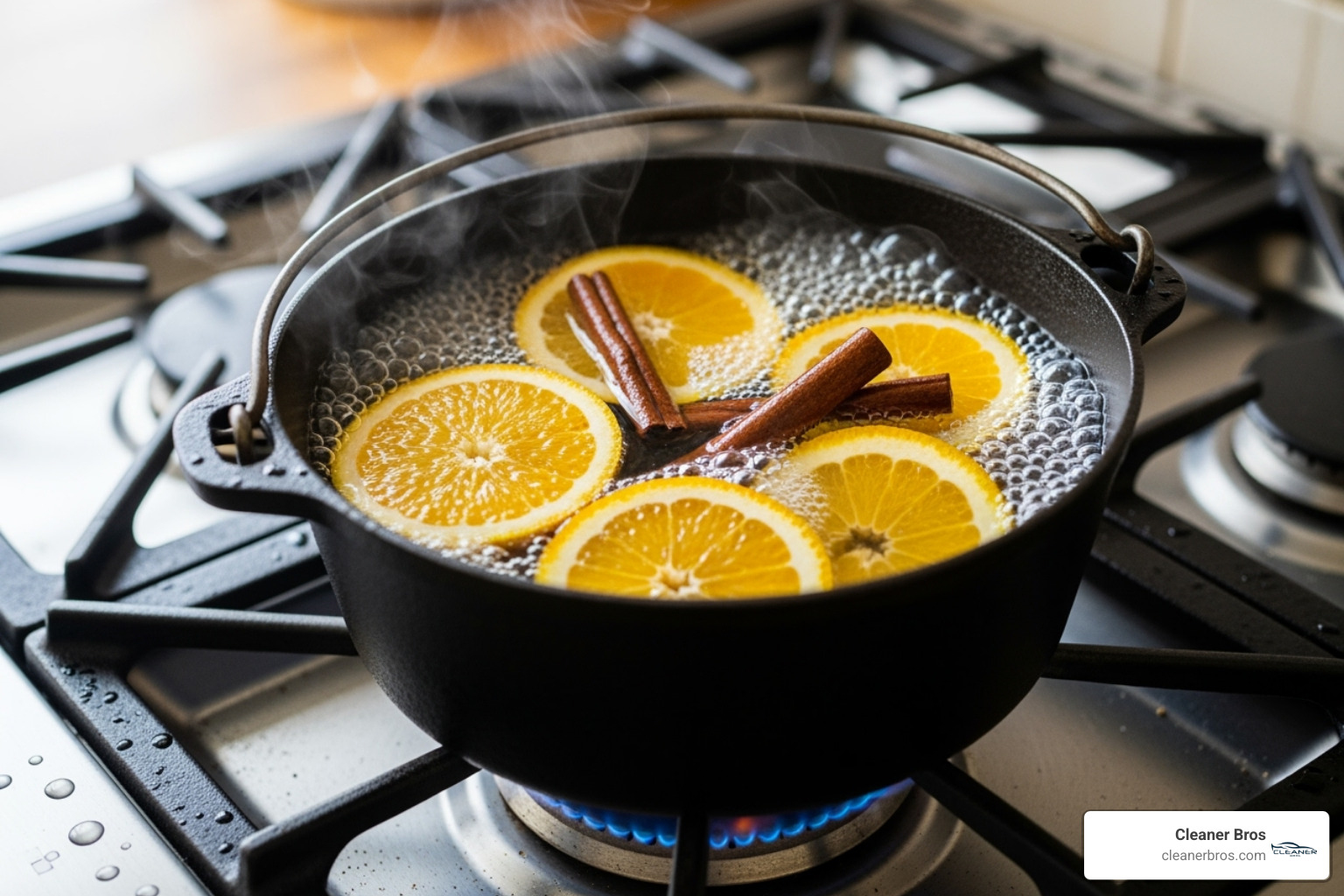
How to Banish Specific Odors for Good
Getting rid of unwanted smells isn’t about masking them with perfumes—it’s about understanding where they’re coming from and addressing the problem at its source. The best all natural odor eliminator strategy combines targeted solutions with good cleaning practices and proper ventilation. Let’s walk through some of the most common (and most frustrating) odor challenges you might face.
Tackling Tough Pet Odors Naturally
Look, we absolutely adore our furry companions. They bring so much joy into our lives! But let’s not pretend they don’t leave behind some seriously challenging smells. The secret to winning the battle against pet odors is neutralizing them where they start, not just covering them up.
For carpets and upholstery, baking soda is your best friend. Sprinkle it generously over the affected areas and let it work its magic for at least an hour—overnight is even better for stubborn smells. Then vacuum thoroughly. If you’re dealing with a fresh accident, act fast: blot up as much liquid as possible, then saturate the spot with equal parts white vinegar and water. After 10-15 minutes, blot it dry and follow up with a layer of baking soda. Once everything’s dry, vacuum it up.
For really tough pet urine odors, you can create a powerful spray by mixing 2 cups of hydrogen peroxide with 2 teaspoons of baking soda and half a teaspoon of dishwashing liquid. Spray it on, let it sit, then blot clean.
Washable items like pet beds, blankets, and toys benefit from adding a cup of white vinegar or baking soda to your regular laundry cycle. This helps neutralize odors that regular detergent might miss.
Don’t forget about the pets themselves! Regular baths with gentle, natural pet shampoos are essential. Between baths, you can sprinkle baking soda into their coat, brush it through, and make sure to remove all the residue. For a quick refresh, a diluted lemon juice spray works well (just keep it away from their eyes).
Litter boxes need consistent attention. Beyond regular scooping and cleaning, place an open box of baking soda or a bag of activated charcoal nearby to continuously absorb odors.
Pet hair also traps odors, so keeping it under control is crucial. If you’re struggling with persistent fur problems, our team can help—check out our Help with stubborn pet hair service.
Winning the Battle Against Mildew and Musty Smells
That unmistakable musty smell is almost always a warning sign that mold or mildew has taken up residence somewhere in your home. These unwelcome guests thrive in damp, dark places, and here’s the important part: you absolutely must identify and eliminate the moisture source first. Without fixing the underlying dampness, any all natural odor eliminator will only give you temporary relief.
Start by improving ventilation in problem areas. Open windows whenever possible, run fans to keep air moving, and consider using a dehumidifier in particularly damp spaces like basements, bathrooms, and laundry rooms.
White vinegar is your weapon of choice for tackling mildew on surfaces. Spray undiluted vinegar directly onto affected areas, let it sit for a full hour, then scrub and wipe clean. The acetic acid in vinegar actually kills mold and mildew rather than just covering up the smell.
Tea tree oil brings powerful antifungal properties to the fight. Mix 10-15 drops with a cup of water in a spray bottle, apply it to moldy areas (test a hidden spot first), and let it air dry without rinsing. This works especially well for smaller affected areas.
Activated charcoal bags placed in musty closets, basements, or storage areas work continuously to absorb both moisture and odors. They’re completely fragrance-free but incredibly effective.
Sunlight is nature’s disinfectant. Whenever possible, take affected items like rugs, cushions, or clothes outside and let them bask in direct sunlight. The UV rays naturally kill mold spores and help dissipate lingering odors.
One important note: if you’re dealing with significant mold or mildew growth covering large areas, please consult a professional mold remediation expert. Natural solutions are wonderful for minor issues and ongoing maintenance, but they’re not designed to handle major infestations.
Your Car: Creating a Fresh-Smelling Ride
Your car is practically a second home, right? And just like your actual home, it can collect all sorts of unpleasant smells over time. Spilled coffee, forgotten fast food, pet adventures, lingering smoke—these odors get trapped in upholstery, carpets, and even your air conditioning system, making them surprisingly stubborn.
The foundation of a fresh-smelling car is regular cleaning. Vacuum your interior weekly if possible, paying special attention to carpets and those mystery zones under the seats. Wipe down all hard surfaces with a 1:1 mixture of water and white vinegar (or a gentle eco-friendly cleaner). Those cupholders and door pockets where crumbs love to hide? They need attention too.
Baking soda works the same magic in your car as it does in your home. Sprinkle it liberally on floor mats, carpets, and fabric seats. Let it sit for several hours—overnight is ideal—then vacuum everything thoroughly.
Activated charcoal bags are practically made for vehicles. Tuck one under each seat or in the trunk, and they’ll continuously absorb odors without adding any scent of their own.
Fresh air is free, so use it! Open all your doors and windows regularly to air out your car, especially after transporting pets or anything with a strong smell. Running your fan on high with the windows open helps push fresh air through the entire ventilation system.
You can also create a simple DIY air freshener spray by mixing distilled water with a few drops of essential oils like lemon, peppermint, or tea tree. A light mist goes a long way—just avoid saturating any surfaces.
For really stubborn smells like smoke, try placing an open container of dry coffee grounds in your car overnight. They’re excellent odor absorbers.
Sometimes, though, car odors are so deeply embedded in upholstery and carpets that even the best DIY methods can’t quite reach them. For deep-set odors that DIY methods can’t fix, a professional service like Cleaner Bros’ Interior Car Detailing for Stubborn Stains & Odors provides a comprehensive solution. Our team uses specialized equipment like professional-grade steamers and extractors to thoroughly clean and sanitize every inch of your car’s interior, eliminating even the most persistent smells and leaving your vehicle genuinely fresh and clean.
Frequently Asked Questions about Natural Odor Elimination
We hear these questions all the time from folks who are ready to ditch the chemical sprays but aren’t quite sure how natural solutions stack up. Let’s clear up some common concerns about using an all natural odor eliminator in your home and car.
How long do DIY natural odor eliminators last?
This is probably the most practical question we get, and honestly, the answer is: it depends on what you’re using.
Baking soda works differently depending on where you put it. That open box sitting in your fridge? It’ll keep absorbing odors for about 1-3 months before it needs replacing. When you sprinkle it on carpets or upholstery, it works its magic immediately, but once you vacuum it up, that particular application is done—though the odor is gone with it!
White vinegar does its job while it’s wet. Once it dries, the neutralizing effect is complete, but it’s not actively working anymore. If you leave a bowl of vinegar out to absorb odors, it’ll keep working until it evaporates, usually within a day or two.
Here’s where it gets exciting: activated charcoal products—whether they’re bamboo charcoal bags or zeolite rocks—are the marathon runners of natural odor elimination. These workhorses can last anywhere from 6 months to 2 years! The secret? You can “recharge” them by placing them in direct sunlight for about 6 hours every few months. The UV rays release the trapped odor molecules, essentially resetting the charcoal so it’s ready to work again.
Essential oil sprays and simmer pots are more about creating a pleasant atmosphere than long-term odor elimination. A spray gives you a lovely burst of fragrance that lasts anywhere from a few minutes to a couple hours. A simmer pot fills your home with natural scent while it’s bubbling away—usually 2-4 hours—but the aroma fades once you turn off the heat.
Are essential oils safe for pets?
This question is absolutely crucial, and we’re so glad people ask it. The short answer is: some essential oils can be dangerous for pets, especially cats and dogs.
Many oils that seem perfectly harmless to us can actually cause serious health problems for our furry friends. Tea tree oil, peppermint, citrus oils (like lemon, orange, and grapefruit), eucalyptus, pine, wintergreen, and cinnamon are among the biggest culprits. These can cause everything from liver damage and respiratory distress to neurological issues and skin irritation if pets ingest them, absorb them through their skin, or inhale them in concentrated forms.
If you do choose to use essential oils in a home with pets, you need to be extra careful. Always dilute them heavily, make sure the room has excellent ventilation, and keep diffusers and oil bottles completely out of reach. Your pets should also have an easy way to leave the room if the scent becomes too strong for them.
Our honest recommendation? When in doubt, skip the essential oils or talk to your veterinarian first. Your pet’s safety is way more important than a nice-smelling room. Thankfully, many effective all natural odor eliminator options—like baking soda, vinegar, and activated charcoal—work brilliantly without any fragrance at all, making them perfect for homes with pets.
Does boiling vinegar really work for strong smells?
Yes! And it’s actually one of our favorite tricks for dealing with really stubborn kitchen odors. We know it sounds a bit odd—fighting bad smells by boiling something that smells pretty strong itself—but the science behind it is solid.
When you boil vinegar, the acetic acid in it vaporizes and spreads throughout your home. This airborne acid then chemically reacts with the alkaline odor molecules floating around from cooking or burnt food. It’s not just covering up the smell; it’s actually neutralizing the odor at a molecular level. That’s the difference between masking and eliminating!
Now, we won’t lie to you—while the vinegar is boiling, your house might smell a bit like you’re pickling everything in sight. But here’s the good news: the vinegar smell dissipates quickly once you remove the pot from the heat and let some fresh air circulate. What you’re left with is genuinely fresher air, not just one strong smell covering another.
This method is especially effective for smoke smells, burnt food odors, and those lingering cooking smells that seem to hang around for days after you’ve made fish or curry. Just boil a cup of vinegar with a cup of water for about 30 minutes, and you’ll be amazed at the difference.
Breathe Easy with a Naturally Fresh Home
You’ve made it to the end of our journey together, and honestly, we couldn’t be more excited for you. You now know the truth about those conventional air fresheners lurking under your sink—and more importantly, you know you don’t need them.
Creating a naturally fresh home isn’t complicated or expensive. It’s about making small, intentional choices that add up to a healthier living space. When you reach for baking soda instead of a chemical spray, or when you simmer a pot of lemon and cinnamon instead of plugging in a synthetic air freshener, you’re doing something powerful. You’re choosing to eliminate odors at their source rather than masking them with potentially harmful chemicals.
Think about what this means for your daily life. You’re reducing your family’s exposure to VOCs, phthalates, and formaldehyde—chemicals that have no business in the air you breathe. You’re saving money by using simple household staples that cost pennies compared to expensive air fresheners. You’re making choices that are better for the environment, using biodegradable and reusable solutions instead of disposable plastic products. And perhaps best of all, you’re creating a home that smells genuinely clean, not artificially scented.
The foundation of any successful odor elimination strategy is really quite simple: good ventilation and regular cleaning practices. No amount of baking soda or activated charcoal can compensate for neglecting the basics. But when you combine these fundamentals with the natural methods we’ve discussed—whether that’s sprinkling baking soda on carpets, creating vinegar sprays, or strategically placing activated charcoal bags—you’ve got a winning formula for a fresh, healthy home.
Of course, we understand that some odors are particularly stubborn. Sometimes, despite your best DIY efforts, you need professional help to truly eliminate deep-set smells. That’s especially true for vehicles, where odors can become trapped in upholstery, carpets, and ventilation systems. At Cleaner Bros, we’ve built our reputation on providing solutions that prioritize both effectiveness and health. Our mobile detailing service brings professional-grade cleaning right to your driveway, using eco-friendly products that actually work.
For the most powerful odor removal when DIY methods aren’t enough, explore professional solutions like an Odor Elimination Ozone Treatment. This advanced technology can eliminate even the most persistent odors that natural methods can’t touch—think smoke damage, severe mildew, or deeply embedded pet odors.
Your journey to a healthier, fresher home starts with a single choice. Maybe it’s replacing that plug-in air freshener with a bowl of baking soda. Maybe it’s trying your first simmer pot this weekend. Whatever step you take, know that you’re moving in the right direction. You can breathe easy knowing you’re creating a space that’s truly clean, naturally fresh, and safe for everyone who matters to you.






